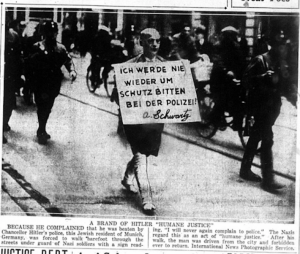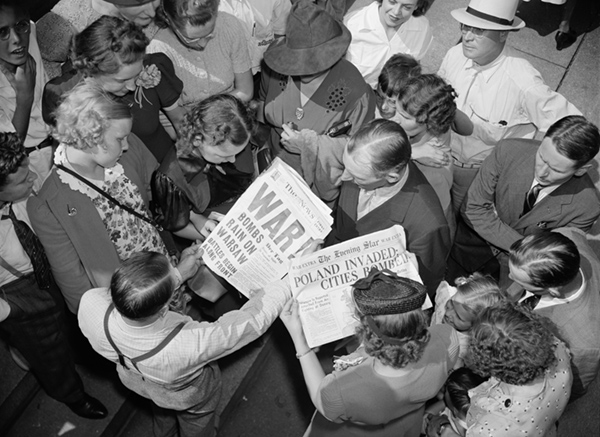 The Story of Dr. Michael Siegel
The Story of Dr. Michael Siegel
Understanding article headlines and article types
How can I tell what type of article I am viewing?
- News Articles are the most common type of article you will encounter. These types of articles report the facts of an event as witnessed by the author or based on information collected by the author. Typically, the author does not present his or her own opinion, advocate a position, or argue that particular actions be taken. If an article appears on the front page of a paper, it is almost always a news article.
- Editorials and Opinion pieces present the viewpoint and opinions of the newspaper or of guest columnists. The purpose of these articles is to advocate positions on topics or events. Often the author is attempting to sway public opinion or demand action. Editorials are usually presented as the opinion of the paper and its editorial board. Op-eds usually appear under the byline of a specific author. Both editorials and op-eds often appear toward the end of the news section of a newspaper, though Sunday papers sometimes devote complete different sections of the paper to editorials, political cartoons and opinion.
- Letters to the Editor are letters sent by readers—typically in response to previously published news articles or op-eds. Letters to the editor are usually printed as a collection of several short articles which are identifiable by the way they are “signed” with the name, hometown, and sometimes title/profession of the author. They usually appear near the editorials section in a newspaper.
- Other is a general category for media other than news articles, opinion pieces, political cartoons, and letters to the editor. This generally consists of photographs with or without a caption, maps, speeches with little or no editorial comments, and more.
There is a lot of big text in this newspaper. How do I know which headline goes with the story?
On many front pages from the 1930s and 1940s, you will see quite a lot of information: possibly over a dozen stories on a single page, headlines, sub-headlines, doglegs, weather, stocks, and more. To learn how you can wade through all this information and find which headline goes with the article you're looking for, visit How to Read Old Newspapers.
What’s a byline and what if there isn’t one?
A byline gives the name of the author of an article. A byline is traditionally placed between the title and the body of the article. In some cases the author of an article is a wire service, which is a news agency that gathers news reports and sells them to subscribing news organizations. Large wire services at the time included the Associated Press (AP), the United Press (UP), and the International News Service (INS).
Explore more
 The Story of Dr. Michael Siegel
The Story of Dr. Michael Siegel
 How Americans Received Their News
How Americans Received Their News